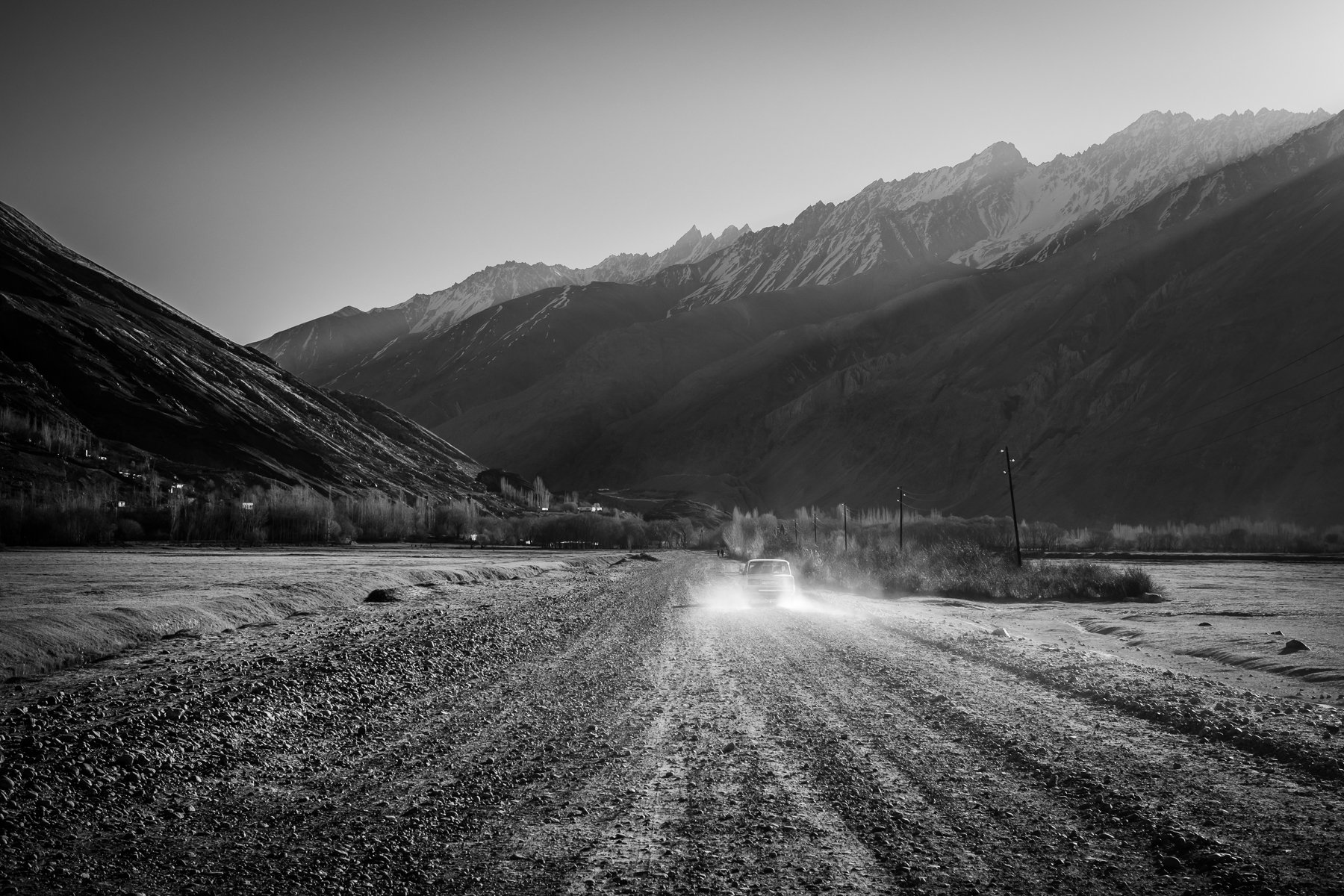Cradled at the roof of the world, the Pamir Mountains rise like ancient sentinels, guarding a region as remote as it is magnificent.
Stretching across Tajikistan, Afghanistan, Kyrgyzstan, and China, this formidable range is one of the highest and most isolated in Central Asia, often called the “Pamir Knot” where some of Earth’s greatest mountain ranges converge. At altitudes that defy human comfort, life unfolds amid a landscape sculpted by ice, stone, and time.
The winter months transform the Pamirs into a realm of silence and severity. Snowfall is heavy and unrelenting, blanketing the jagged peaks and deep valleys in a stark, blinding white. Temperatures plunge far below freezing, and fierce winds sweep across the high passes, isolating communities for weeks, sometimes months. Roads disappear under snowdrifts, and narrow mountain tracks become treacherous lifelines. Transportation, already a challenge in summer, becomes an arduous ordeal, often relying on pack animals or rugged vehicles battered by the elements.
Yet within this harsh environment, resilience blooms. The people of the Pamir—primarily of Tajik and Kyrgyz descent—have adapted to their surroundings with remarkable endurance and grace. Villages cling to steep slopes and riverbanks, sustained by centuries-old traditions, subsistence farming, and a deep sense of community. Hospitality here is not just a custom but a necessity, forged by the shared struggle against nature’s unforgiving force.
This photographic journey reveals not only the raw beauty of the Pamirs but also the daily realities of those who call these frozen heights home—an existence shaped by altitude, weather, and the unyielding will to endure.

















